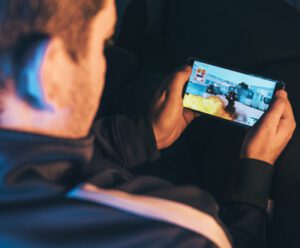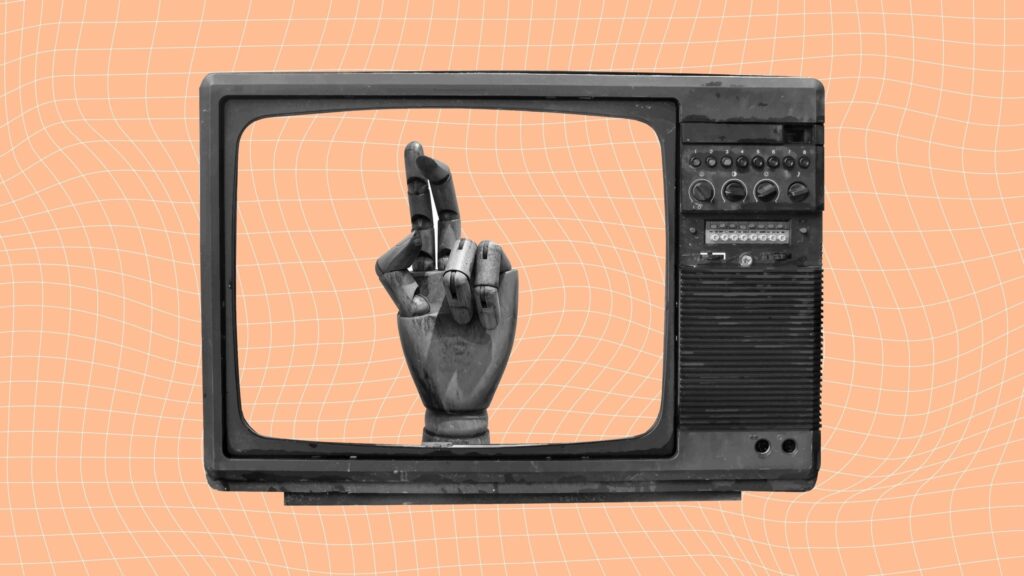 The impact of influencer marketing on gaming is on the rise. Game companies spend roughly 30% of their revenue on marketing each year, creating a $41.37 billion market in 2018. About two percent of that spend (roughly $827 million) went to influencer marketing.
The impact of influencer marketing on gaming is on the rise. Game companies spend roughly 30% of their revenue on marketing each year, creating a $41.37 billion market in 2018. About two percent of that spend (roughly $827 million) went to influencer marketing.
As we all know, influencer marketing overall is growing by leaps and bounds. Adweek estimates the influencer marketing industry to be worth $10 billion by 2020. In recent years, countless gamers have started live streaming their game performances, garnering millions of followers. These influencers have built up massive reach with engaged gaming and esports audiences who are interested in playing hyper-casual games.
According to Forbes, the highest-paid YouTuber of 2018 earned around $22 million. There was also an 86% increase in the number of Twitch streamers generating revenue. While still a new frontier, influencer marketing has quickly become an important part of a hypercasual game marketer’s acquisition strategy.
Influencers and Gaming
Influencers are often seen as relatable and credible because of how transparent they are with their viewers about their personal lives. In return, they have a stronger impact on a player’s intent-to-buy than “traditional” celebrities. According to HubSpot, 71% of consumers are more likely to make a purchase after seeing a product reference on social media.
Join us for the 2019 eSports Business Summit Sept. 10-12 at the MGM Grand in Las Vegas!
“Hyper-casual” games are lightweight games that have simple mechanics and are easy to start playing. How can influencers help promote these types of games?
Pre-Launch Promotions
- Generate pre-registrations for a title by promoting the game before it’s launched. Companies can then re-market to registered users when the game comes to market. Use contests and giveaways to drive registrations.
- Create a buzz around a game before the launch, get potential players excited.
Game Launches
- Drive interest by introducing the game to the influencers’ audience by playing it for the first time, or by creating video tutorials that walk audiences through the best tips and tricks of playing your game.
- Create sponsored video content for the launch that feels more authentic than advertising.
Post-Launch Promotions
- Promote an old game to revive its popularity. For instance, distributing promo codes for a specific event works well for games, especially as it’s the best channel to connect directly to the community.
- Showcase newly released features, game modes, characters, events and more.
Effective Influencer Channels
Once you’re ready to partner with gamers to promote your brand, how do you find them?
Gamers across the globe use lots of different platforms to connect, but the most popular for hyper-casual games are YouTube and Instagram. Over 1.3 billion people use YouTube; 5 billion videos are watched there every day and over 300 hours of video are uploaded to the platform every minute. Instagram has grown tremendously in just the past few years, now reaching over 1 billion monthly users with over 500 million actively engaged in Instagram stories every day. In fact, 95% of US Instagrammers also use YouTube, so it’s an opportunity to create a cohesive cross-platform campaign.
Making interesting content can be daunting, but that’s exactly where influencers can be most helpful. Many influencers have thousands of subscribers who get a notification every time they upload a new video. When you collaborate with these influencers, you can get access to this highly engaged audience. Your content also earns credibility due to the friendly rapport these influencers have with their fans. 60% of users seek out and discover new products on Instagram, and 75% will typically take action, like visiting a website and visiting the app store. Gaming influencers usually have their schedules visible on their profiles—in addition to maintaining social media accounts for promotions and networking—to generate visibility and interest ongoing.
Micro vs Macro Influencers for Gaming
Next, you’ll want to focus on sourcing the right movers and shakers for your hyper-casual game. When selecting an influencer for your campaign, you should take the following points into consideration:
-
- Relevance: The influencer you choose to work with needs to be relevant to your game genre and demographics. Their gaming interests should align with your game. Only then will you be able to grab the attention of their subscribers.
- Engagement: Reaching a large audience won’t be fruitful unless viewers engage with your content. Don’t be fooled by the high number of subscribers on an influencer’s YouTube channel. Take a closer look at the comments section of their videos, which will tell you how well their audience interacts with their content.
- Experience: It is always better to collaborate with influencers who have worked on similar projects before. Their expertise and insights can further enhance your marketing campaign.
You May Also Enjoy:
Aside from this, the selection of your influencer will also depend on your budget and goals. For instance, if you want to target a more niche audience, working with micro-influencers can be extremely fruitful. They have a relatively small, yet highly engaged audience, and they are less expensive compared to those with millions of subscribers, which on the other hand, will be costly but will get you greater reach.
Regarding frequency of hiring an influencer, consider that if you make two videos with the same influencer, you will be reaching the exact same audience with the second video, likely with lower conversions. This is different than if you created a social ad campaign on Facebook, for instance, where its audience builder is continuously refreshing and searching for new lookalike audiences to show your ads.
Campaign Attribution
Tracking the results of influencer marketing campaigns poses some unique challenges, versus other more traditional marketing tactics like social advertising or search. For instance, historically, many marketers have admitted to not using trackable URLs in their influencer campaigns. Even if you are using trackable links, many users may go direct to the app store to download your title, appearing as organic installs, rather than clicking on the trackable link in the influencer’s description of their posted video. These are non-tracked installs, and it’s estimated that these may attribute to roughly ⅔ of all the conversions that you get from an influencer campaign.
Influencers can create a variety of engaging content for you to promote your hyper-casual game and acquire new players. In today’s world of Millenials and Gen Z, setting the best gaming and esports influencer marketing strategy is sure to help your hypercasual game win big.
Markus Malti is managing director of WeQ .




